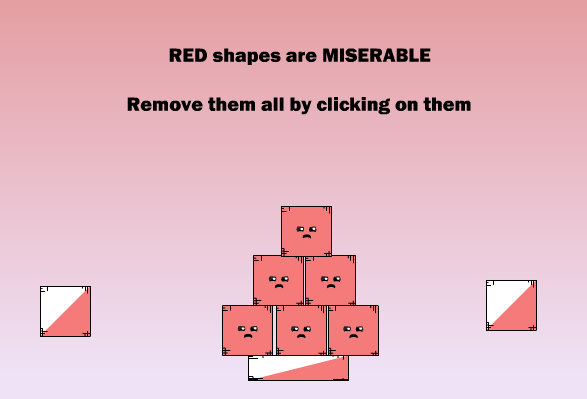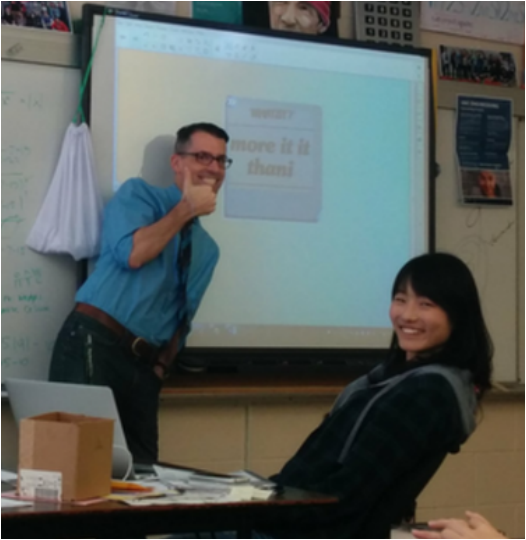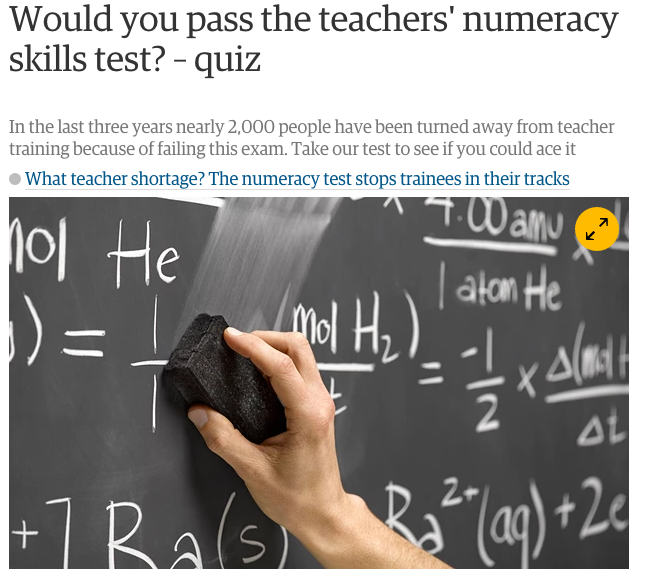|
This week's Student of the Week is Subin Y! (this is the only picture I have of her. I'd love a better one...)
Wow! Where to start when it comes to Subin?! She arrived in my class in grade 10 and she has been - quite frankly - one of the highest achieving math students in my class ever since. Subin is a walking testament to the strength of the Korean Mathematics Curriculum. In the past 2.5 years of teaching her, I believe that there has only been one chapter (Sequences and Series in PreCalculus 11) that Subin hadn't already studied in Korea. But here's the thing... while some people would take the attitude "I've already seen this stuff before. I can take it easy.", Subin has never been like this. She always does her best. She always does extra questions. She always gets all her difficulties cleared up. And... not surprisingly... she always does spectacularly well. Subin is also an incredibly kind and sweet person. Here are two little stories that demonstrate this:
I feel very thankful to have taught you the past three years, Subin. You are an extraordinary student but also a wonderful person. Thank you for always being so committed to doing your best and thank you for being so friendly and good-natured. I don't think I have ever seen you any other way than happy, eager, and pleasant. It's actually quite inspiring. I know you have plans of entering Pharmacy. I can confidently state that you will achieve - and excel - at this goal (and any others you have as well). I wish you well and will remember you very, very fondly!! This totally reminds me of the "alternative" music I used to listen to in high school. This song belongs in the 80's! University of Alberta researchers say what makes a word funny can now be proven via mathematically method.
The idea for the study stemmed from an earlier one in which test subjects with language disorders were asked to review letter strings and determine if they were real words or not. Westbury began to notice a trend where participants would laugh when they heard some of the made-up non-words -- like snunkoople. Westbury then hypothesized that a word's entropy, a mathematical measure of how ordered or predictable it is, determines if it is inherently funny. Non-words like flingam, with uncommon letter combinations, are lower in entropy and therefore funny. "It essentially comes down to the probability of the individual letters. So if you look at a Dr. Seuss word like razzmatazz and calculate its entropy, you would find it is a low-entropy word because it has improbable letters like Z." I think that both of these essays are very well written. I also think that they would be very useful for many students to read (especially students in grades 8, 9 , and 10). Great job Juliana and Jessica!
________________________________________________________________________________________ By Juliana Capera When I was in elementary school, I was working on a project the night before it was due. I’ve always been a chronic procrastinator, so I was rushing to get it finished without putting much effort into it. An hour before I had to go to bed I showed it to my mom, who ripped it in half because it wasn’t good enough. Ever since that day, I’ve tried to do my absolute best in all my courses. I’ve always relied on academics to validate me, and it’s always been extremely important to me that I succeed in courses that are considered complicated. It’s because of this that I’ve always taken difficult math courses. When I was given the choice to do pre-calculus, foundations, or AW math, there was no hesitation when I picked pre-calculus. Later, when I was given the choice of continuing pre-calculus, adding calculus on top of it, or taking foundations, I opted for the two most difficult ones. I now regret that choice. According to the New York Times, “there’s something about doing well in math that makes kids feel they are smart in everything,”* and I believe that is the case with me. My academic excellence has always defined who I am. I’m a smart and hard working girl. However, I’ve had occurrences where I feel like I am dumb and lazy because I don’t understand a topic taught in class. There are certain chapters that discourage me from wanting to learn math, because I have a voice in my head that tells me I’m not able to understand the topic. It’s not that I can’t, but rather that I block myself from even thinking that, though it’s hard now, I’ll understand it eventually. While this feeling is something I should work on, there is also a way to prevent me having these thoughts. I have a couple of career paths in mind, and all of them have to do with humanities. Pre-calculus and Calculus are courses targeted for high school students who want to go on to sciences, medicine, further mathematic studies, or engineering, while foundations is recommended for those that want to study humanities or arts. Reflecting back on my decision, I chose pre-calculus over foundations not only because of my nature to challenge myself with seemingly harder courses, but also because AW math and foundations had a stigma around them that I didn’t want to be in. They’ve been labeled “easy” courses that require less work than other maths, and my own pride (for lack of a better word) forced me to take courses that maybe weren’t right for me. I’ve had the opportunity to sit in on several foundations 12 classes, and I envy the amount of fun they have while learning. While their course content isn’t easy by any means, they incorporate fun elements to their lessons, like student-directed puzzles. They also have the luxury of playing board games during class for a week, and learn how to solve more real-life problems, versus learning about limits at infinity and how to factor cubic polynomials. Most of the problems they’ve dealt with in the classes I’ve been in have been logic-based. Everyday we’re taught facts, formulas, rules, and guides to follow, but very rarely are we ever tested on our logic, which is a valuable skill to exercise. I’ve also noticed that they take longer to explain things, and approach lessons in many ways to make sure everyone understands, which is important because “math is like a ladder. If you miss a step, sometimes you can’t go on. And then you start losing your confidence.” Overall, I wish I had taken the course that was right for me. I wish I hadn’t picked the one that I thought would look best on a resume, or the one that I thought would give me the hardest time but the greatest satisfaction when completing it. I wish that foundations didn’t have the negative stigma it has, and I hope that others don’t make the same mistake I did. I’m not trying to discourage people from taking pre-calculus and calculus, but rather trying to prevent others from feeling like they could’ve taken a course that better suit their needs. However, because I’m still that little girl who had her project ripped in half, I know that when I finish the course and graduate from school, having an A on my report card for pre-calculus 12 will feel just as good as getting an A on that socials project I stayed up all night doing back in grade 1. ________________________________________________________________________________________ By Jessica Morcilla High school math is hard; it encompasses weird foreign characters (yes, numbers), symbolism, and theories to create problems that may be challenging. As a student’s career in high school math progresses, the material increases in difficulty. Many begin to develop this conception that math isn’t for them, and these students will be convinced that math is pointless. They will reluctantly attend classes and dwindle along until they able to discontinue in grade 12. The ensuing frustration they develop prompts the golden question: “When will I ever use this in real life?”. My question to these students is is the application of the skills you learn in math solely limited to your classroom? When I refer to the skills acquired in math, I’m not only referring to someone’s ability to factor. Apart from curriculum material, math teaches skills that are as applicable to everyday life as arithmetic, fractions, or even percentages. In fact, these skills are more rewarding than being able to slice a pizza into eighths or count pocket change. Math serves a dual purpose; it implicitly trains a student to critically think, be perceptive, and use their knowledge to solve a problem. This aptitude may be applied to absolutely anything. Math may seem useless after a certain point, but the material that is taught in class serves a greater purpose than being able to solve the equation on the board. Being able to take your knowledge about a problem and use your investigating skills to solve it is just as fulfilling as math itself, if not more. I have never been the star math student. Math class throughout my school years has always been a struggle, and I am sure that many others would say the same. As a grade 9 student unhappy with my 67% in math, I often asked the golden question and hated math class. Unfortunately, me rejecting the essentiality of math was directly linked to my frustration in how I was doing in class. Had I been more open minded and eager to be challenged, math would have been much easier to learn. Despite this, I firmly believe that math is important to learn throughout at least high school. Math isn’t all about the numbers. If you perceive math in a more abstract way, it will be evident that like any other subject in school, math teaches you to work hard, be flexible with your thinking, and solve problems- which is vital to succeed in anything.
Love the penguins at 2:00. And my dream is to swim with whales. Epic!!
|
P. WadgeI am your teacher. Obey me. Archives
June 2021
Categories
All
|






 RSS Feed
RSS Feed